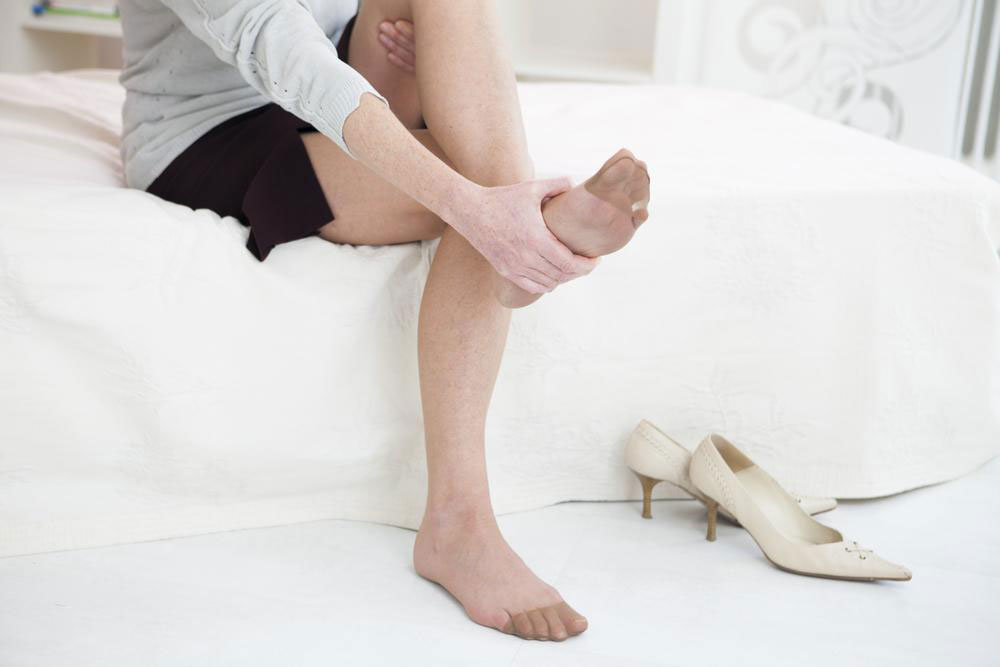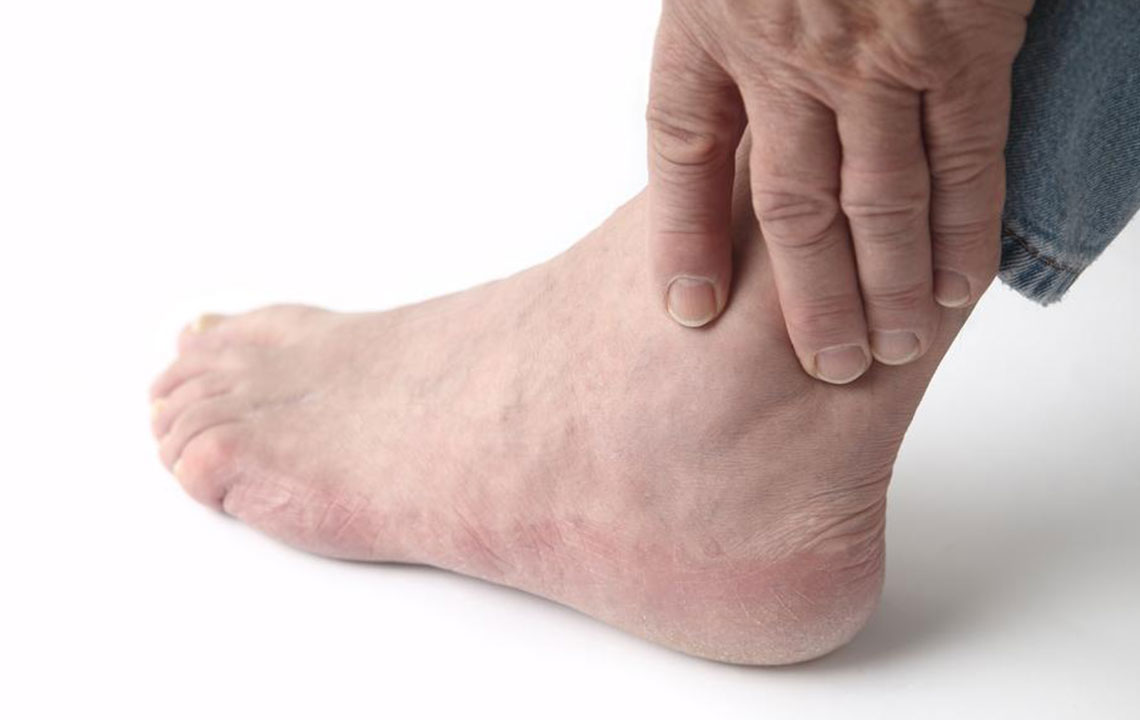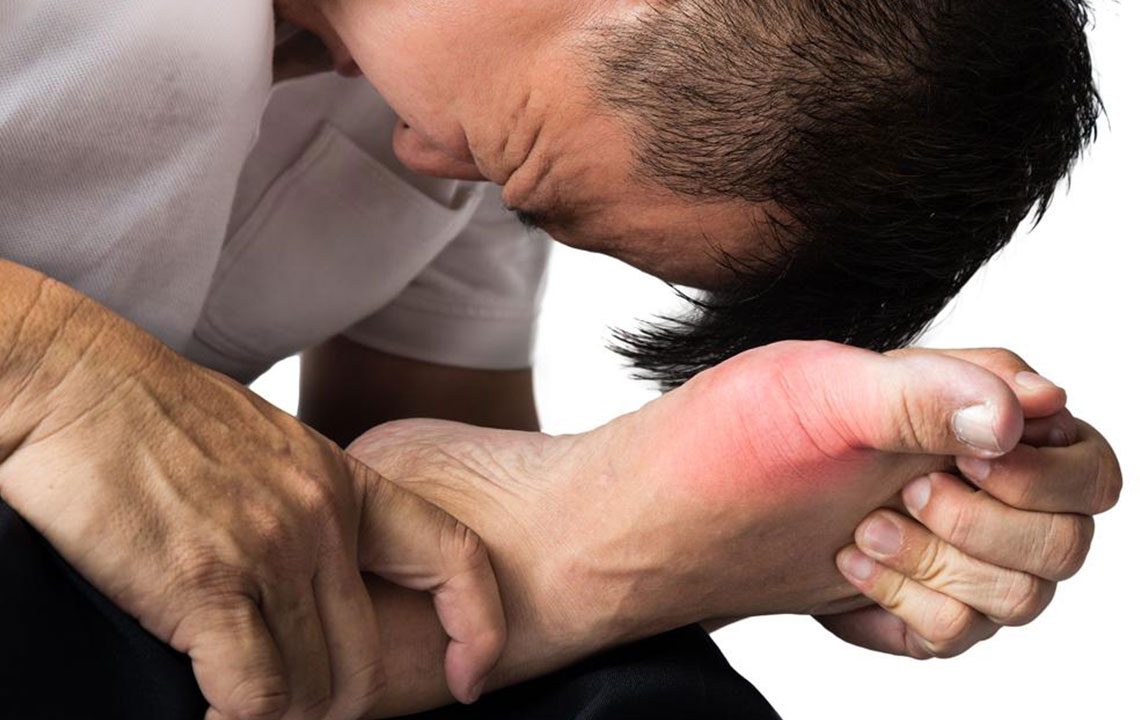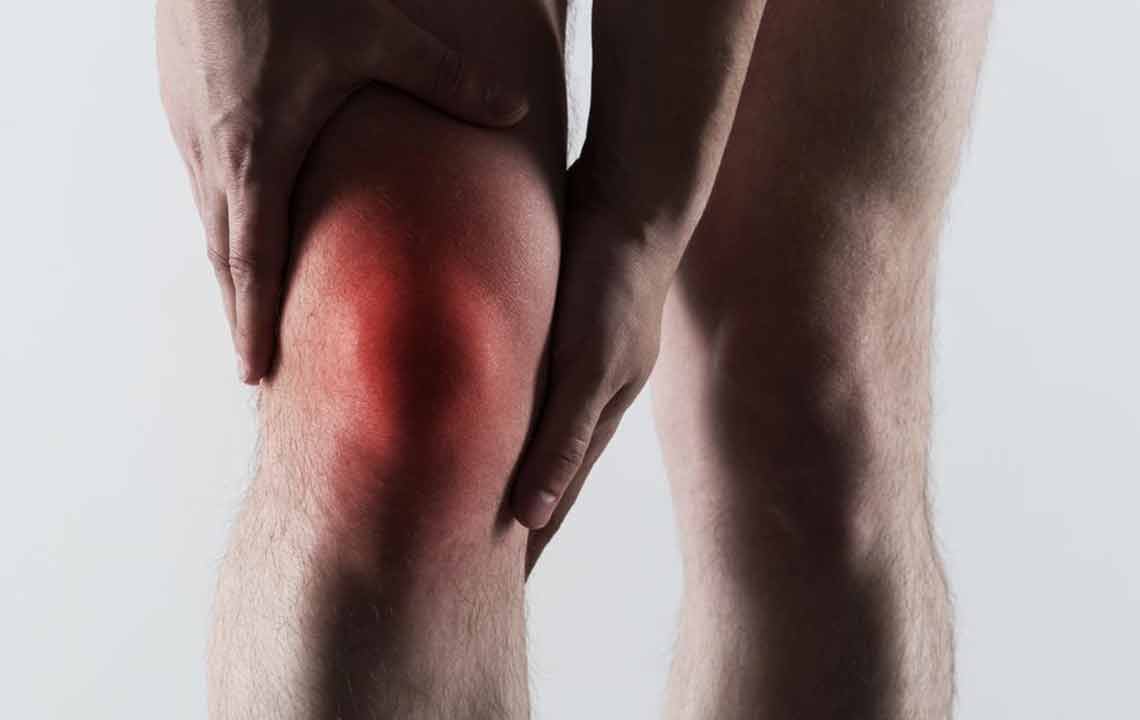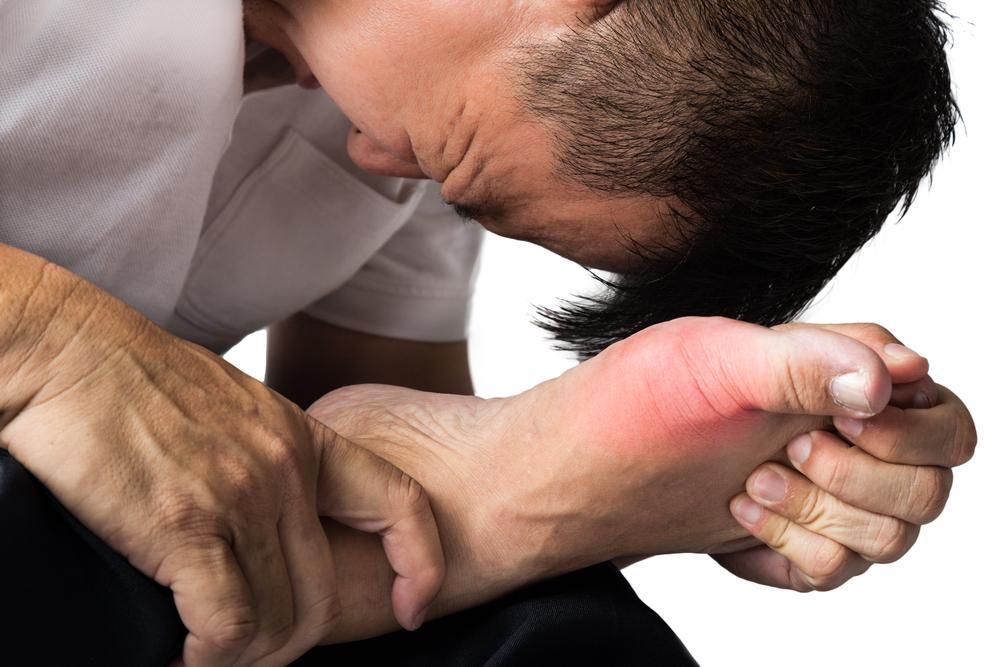Comprehensive Guide to Gout: Causes, Symptoms, and Treatments
This comprehensive guide explains gout, detailing its causes, symptoms, and available treatments. It emphasizes lifestyle changes, dietary advice, medications, and home remedies for effective management. Early diagnosis and proper care can significantly alleviate pain and prevent complications, making awareness of gout essential for at-risk individuals, especially men over 40. Consulting healthcare professionals ensures tailored treatment plans that effectively control uric acid levels and improve quality of life.
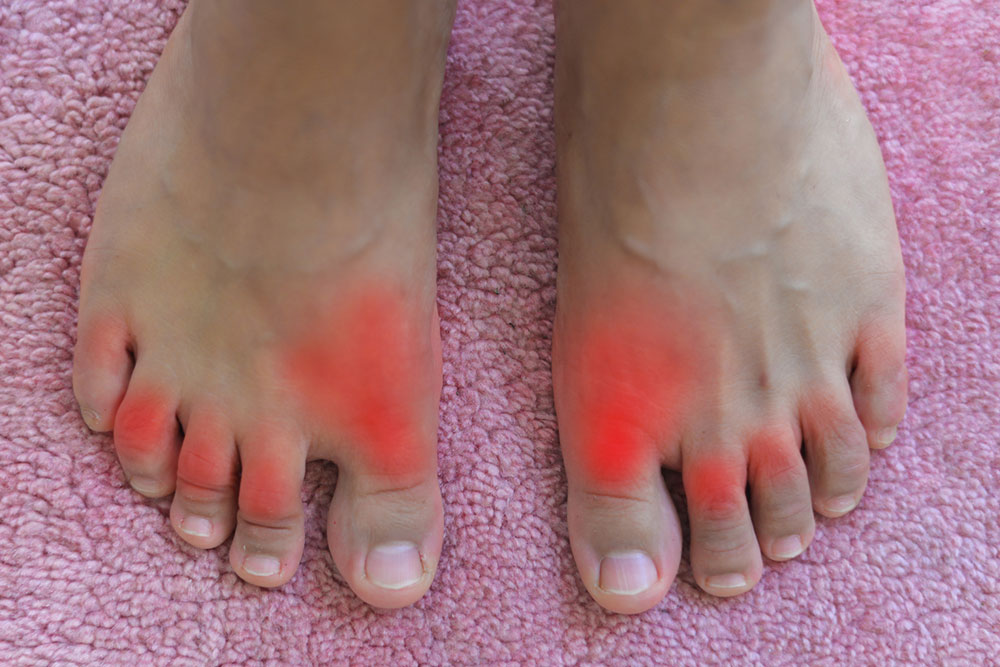
Comprehensive Guide to Gout: Causes, Symptoms, and Treatments
Gout occurs when excess uric acid in the blood crystallizes in the joints, resulting in a condition known as gout. Uric acid is found in many foods we consume, and when the body cannot effectively process it, crystal formation can lead to health problems such as arthritis and kidney stones. These crystals can obstruct kidney filters, potentially causing kidney failure.
Gout can be categorized into two types:
Primary gout, which develops independently.
Secondary gout, linked to other medical conditions.
Gout arthritis often causes sudden and intense pain, accompanied by redness, warmth, swelling, and tenderness near affected joints, especially toes. Men over 40 are more susceptible, but symptoms can include:
Signs of Gout
Sharp joint pain with redness, swelling, and heat.
Typically affects the small joints of the toes.
Can also involve ankles, wrists, knees, elbows, and fingers.
The pain can be extremely severe, with even light touches causing discomfort. Attacks may last from a few hours to a day, and occasionally, symptoms persist for a week.
Diagnosing Gout
When patients experience recurrent joint pains, especially in toes, knees, or ankles, doctors analyze joint fluid samples for uric acid crystals and possible infections. Blood tests may also be conducted to assess uric acid levels, aiding in diagnosis and management.
Effective Gout Management
Prompt treatment is crucial as gout pain can be intense. In mild cases with infrequent attacks, lifestyle and dietary changes may suffice. These include:
Avoid high-purine foods like seafood and organ meats.
Limit sugary drinks, sodas, honey, and desserts.
Incorporate fruits, leafy vegetables, legumes, tofu, and nuts into your diet.
Opt for whole grains, low-fat dairy, eggs, and plant-based oils.
If these adjustments do not control uric acid levels, medication may be necessary.
Medical Treatments
When lifestyle modifications are insufficient or attacks are frequent, medications can help lower uric acid and reduce pain. Common prescriptions include:
Analgesics and anti-inflammatory drugs for immediate relief, which may cause stomach upset or nausea.
Non-steroidal anti-inflammatory drugs (NSAIDs) for acute episodes, with possible side effects like dizziness.
Uric acid-lowering medications that diminish crystal formation.
Home Remedies
Home-based care can ease symptoms during gout flare-ups. Resting the affected joint, applying ice packs, and avoiding pressure are recommended. Staying well-hydrated helps flush out uric acid and crystals. Patience is key — consistent treatment and lifestyle adjustments can effectively manage gout over time.
Always consult healthcare professionals for personalized advice and avoid abrupt medication changes. Combining home remedies with prescribed treatments yields the best results.


